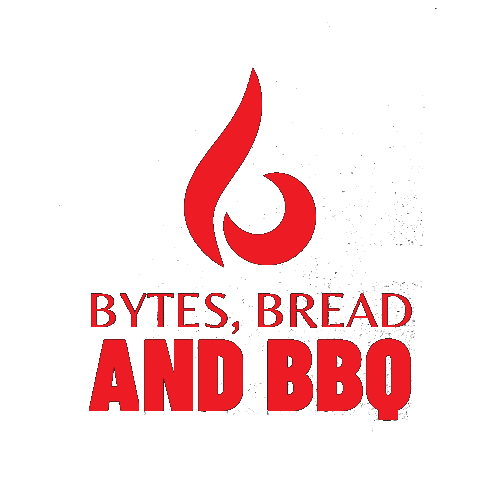Spoiler Alert — You Might Be a Linux User and Not Even Know It
Let’s get this out of the way first: technically, Linux is a kernel, not a full-blown operating system. But that hasn’t stopped the internet from treating it like the cooler, open-source cousin who shows up at the OS family BBQ rocking sunglasses, sandals, and a GitHub account.
Linux, with a buffet of desktop environments, proudly stands as a functional alternative to Windows and macOS—minus the annoying popups, mandatory updates during your grandma’s Zoom call, and the constant reminder that your PC is now officially “unsupported.”
And yet, despite all the perks—open source, free software, low virus count, no corporate overlord breathing down your neck—Linux isn’t on everyone’s desktop. Why? Because money talks, and most new computers come pre-marinated in Microsoft sauce.
🖥 Desktops: Linux Hits the 4% Club (We Brought Potato Salad)
As of February 2024, Linux finally broke through the elusive 4% desktop market share. That may sound small—like the sliver of burnt brisket you pretend to like—but in Linux terms, it’s cause for celebration.
According to ItsFOSS, as of June 2025, the breakdown looks like this:
- Linux: 4.04%
- macOS: 10.19%
- Other Mac flavors: 5.51%
- Windows: 70.31% (Insert tired sigh here)
Let’s face it, most people stick with Windows because that’s what came with their laptop. It’s like store-bought white bread—bland, bulky, and full of mystery ingredients. Sure, it works, but you’re missing out on the homemade sourdough of operating systems: Linux.
☁ Cloud Computing: The Secret Linux Empire
Here’s where Linux goes full beast mode.
If you’re using the internet (which you clearly are), there’s a solid chance you’re relying on Linux-powered servers. In fact, Linux basically is the cloud. According to 3HCloud, Windows Server only has 32.8% of the cloud market. That means the other 67.2%? Mostly penguin territory, baby.
Why does Linux dominate the cloud? Three words:
- Flexibility – It’s like a well-oiled smoker: highly customizable and reliable.
- Cost-effectiveness – Because “free” is a price we can all get behind.
- Stability and security – No need to reboot mid-batch because of a .NET tantrum.
And Linux doesn’t crash when you’re hosting your brisket live stream. Enough said.
📱 Mobile Phones: Surprise! You Might Already Be a Linux User
Now for the twist: if you’re rocking an Android phone, congratulations! You’re already using Linux. That’s right—Android is built on the Linux kernel. Even if you’ve never touched a terminal or uttered the sacred chant of “sudo apt-get,” you’re on the team.
As of 2025:
- Android: 71.42% global market share
- Apple (iOS): 27.93%
- Others: Cute, but irrelevant
In the US, things get a little more Apple-y:
- iOS: 56.63%
- Android: 43.07%
Still, that means the majority of the world is walking around with Linux in their pockets—and they don’t even know it. You’ve heard of stealth mode? This is penguin stealth mode.
Fun fact: iOS is UNIX-based, so even Apple folks are only a couple of genealogy charts away from Tux the penguin.
🐧 Conclusion: The Penguins Are Marching
Linux is slowly but surely waddling its way into the mainstream—on desktops, in the cloud, and in your very own pocket. We may not be the biggest, flashiest, or most aggressively marketed OS, but we’ve got grit, freedom, and terminal commands that’ll impress even your nerdiest barbecue buddy.
So next time someone says, “Nobody uses Linux,” just smile, take a bite of your pulled pork sandwich, and whisper, “You do. You just don’t know it.”
Sources:






